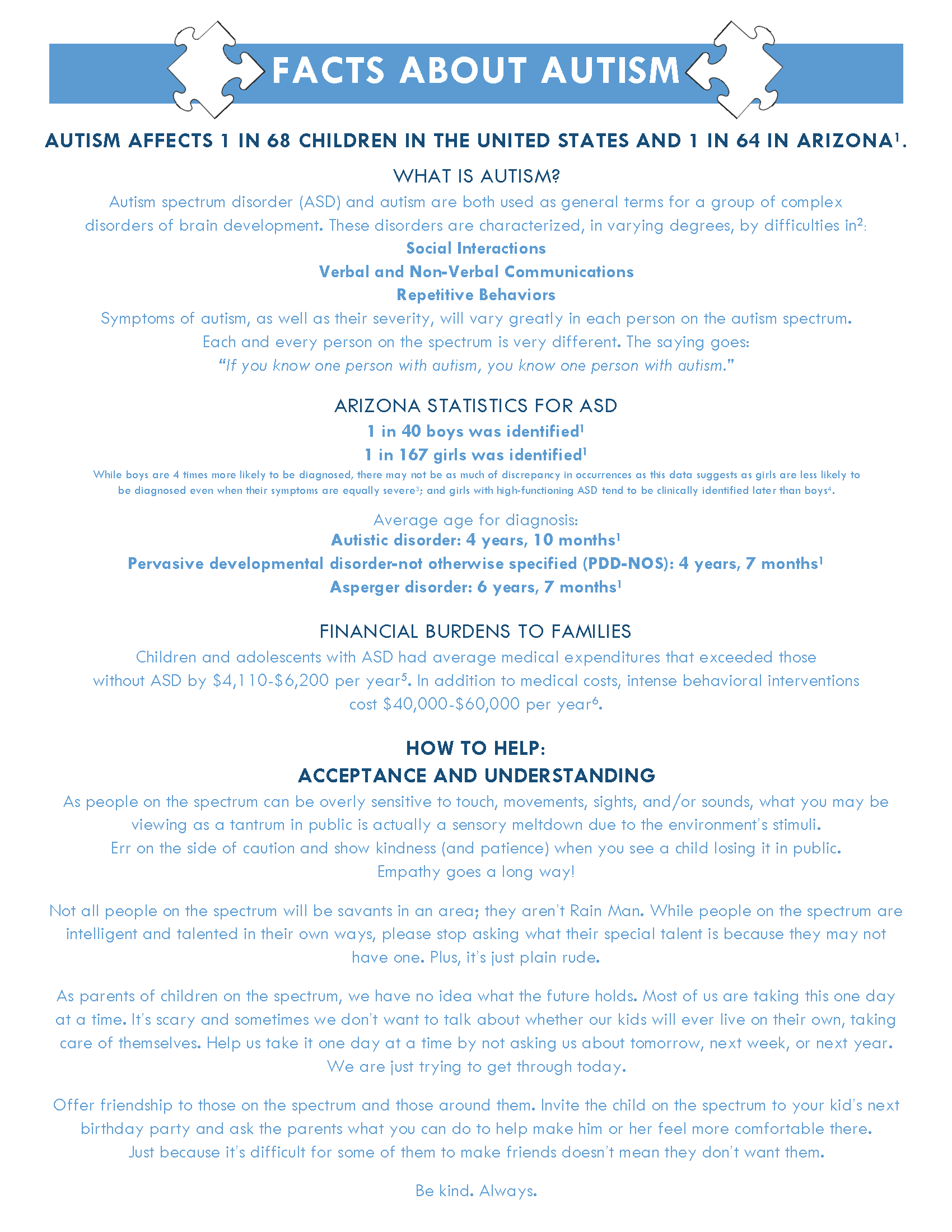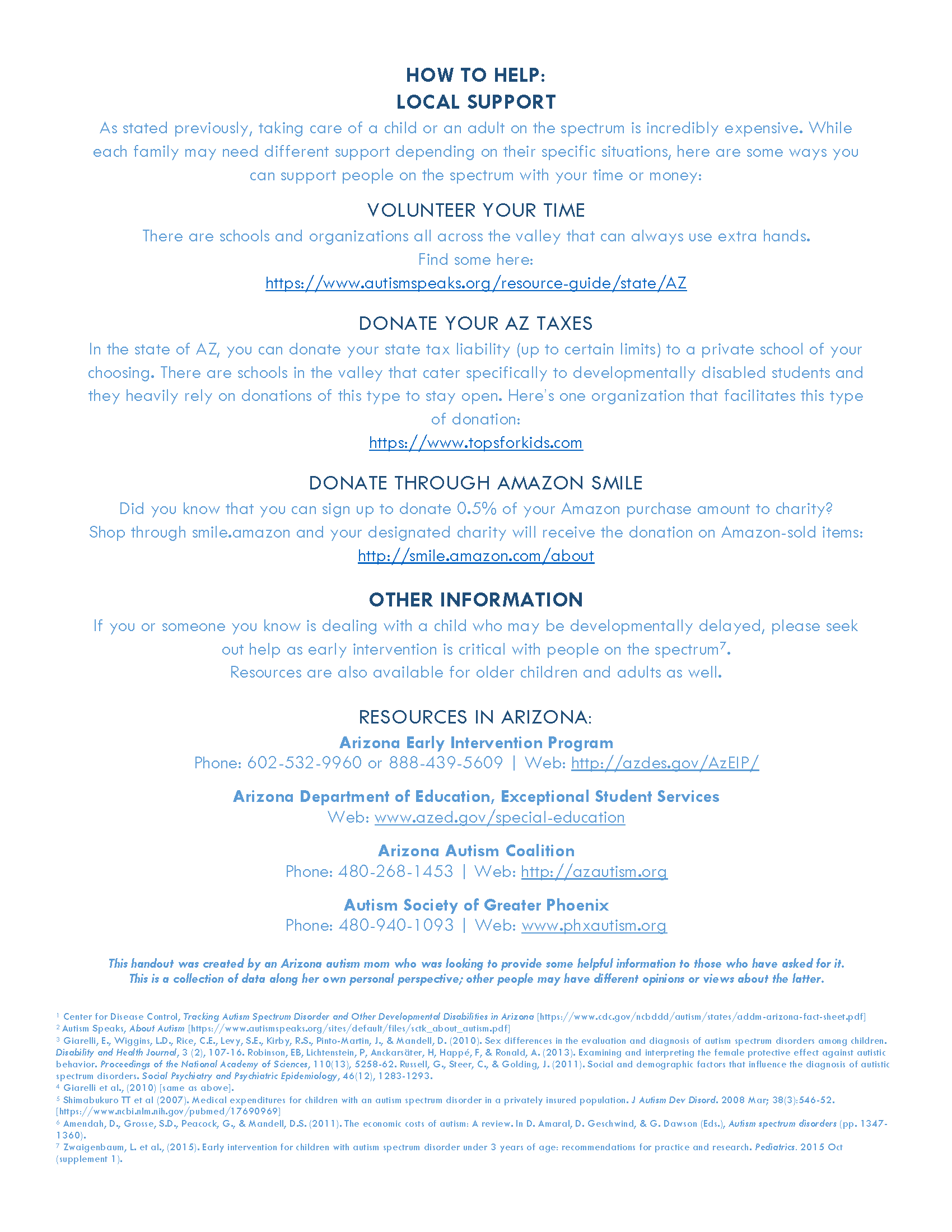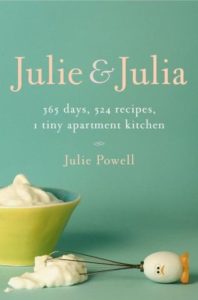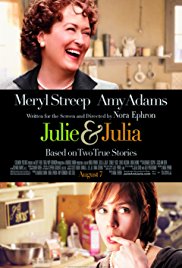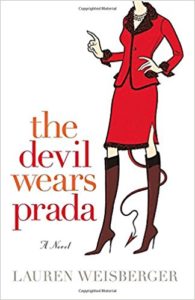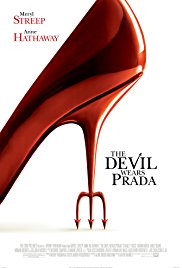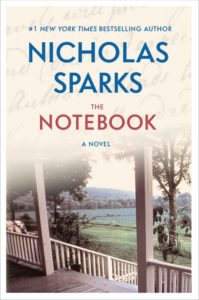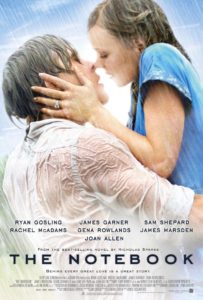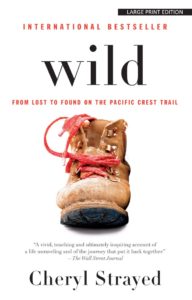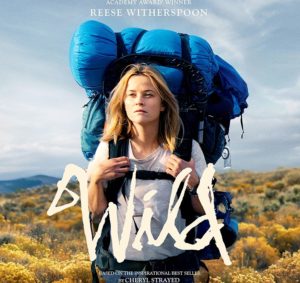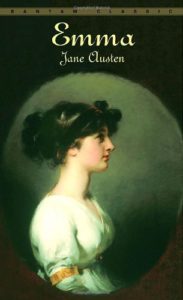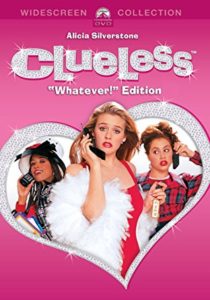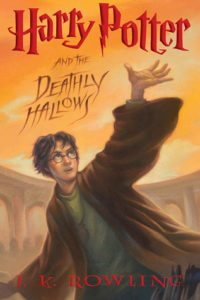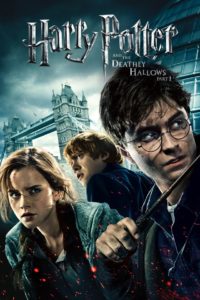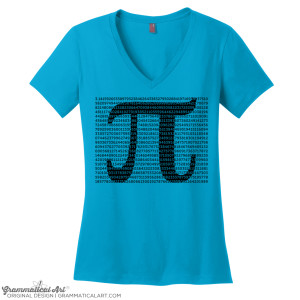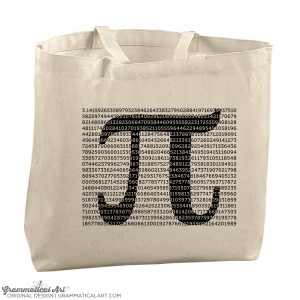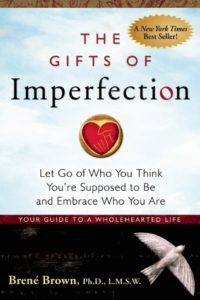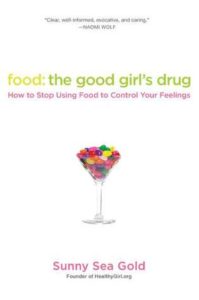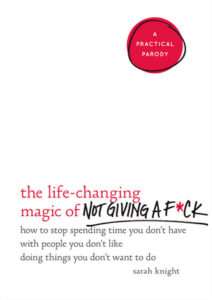I was asked to make a presentation to a local industry group in Arizona about autism. I love data and educating people, so I am sharing what I put together. I am attaching the picture files as well as the pdf, in case people want to pull information directly from it.
(P.S. I would have loved to have some more recent data around the cost pieces because it has only gotten worse since 2008, but alas, this is what I could pull from reputable sources at the time of publication.
P.P.S. You can shop the Autism Collection here: https://grammaticalart.com/product-category/autism-awareness/?show_products=all)

